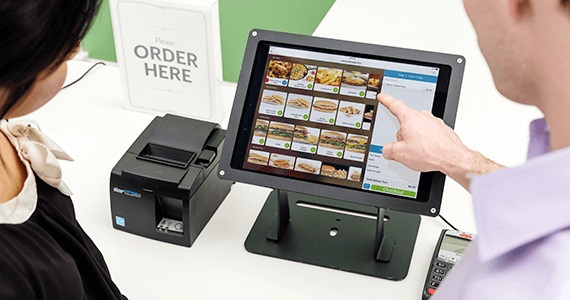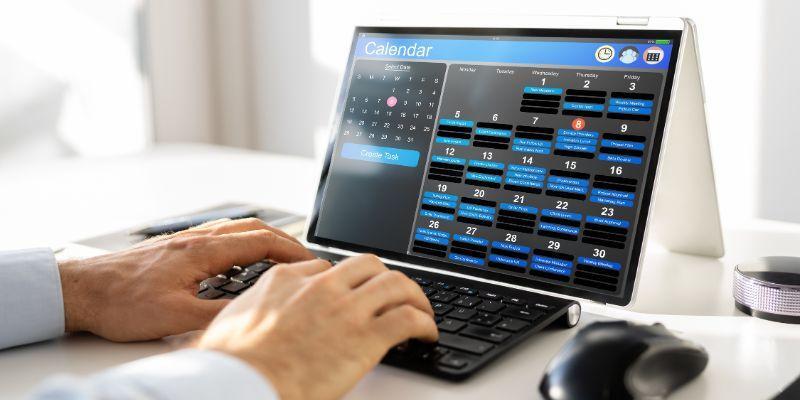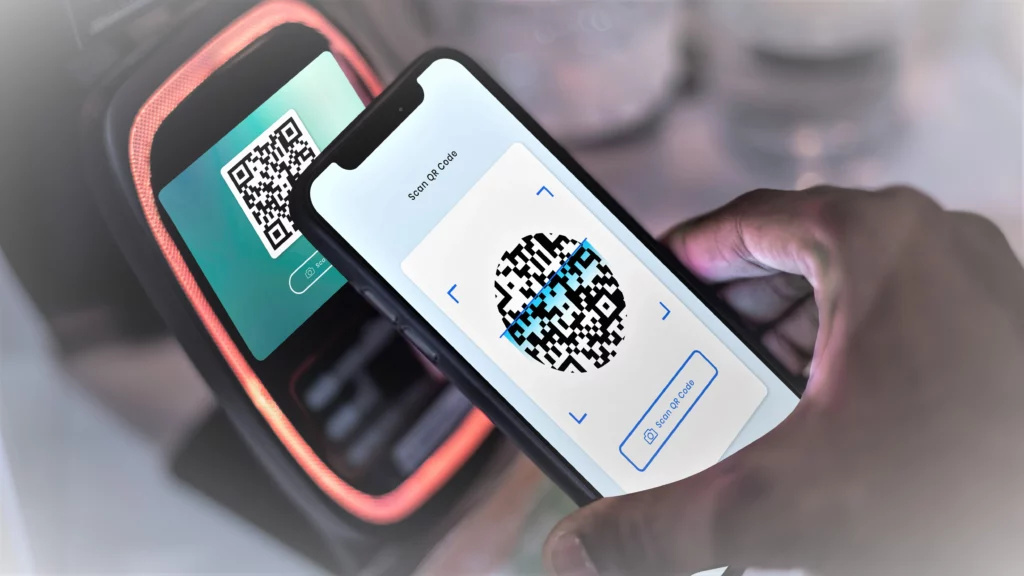In the working domain, managing front-line employees is about helping the people who interact with customers daily. These employees are the ones you see at the store or talk to on the phone; not only are they essential, but they’re also crucial.
Front-line employees are the people you see daily in a store or business. They’re the ones who help customers directly, making sure everyone has a good experience.
Managing front-line employees is super important. It means ensuring they know what to do, recognizing when they do a great job, and giving them what they need to succeed.
This article is about proven ways to manage front-line employees well so they feel good at work and your business does well.
Key Takeaways
- Empower front-line employees.
- Offer flexible scheduling.
- Implement training programs.
- Utilize digital communication platforms.
- Prioritize front-line employee empowerment for excellent service.
8 Best Practices for Efficient Front-Line Employee Management
Knowing how to manage front-line employees is vital when running a successful business.
Organizations reorganize to empower frontline workers, all for the sake of improving customer service. Let’s look into simple, intelligent ways to ensure essential team members shine.
- Real-Time Monitoring and Reporting
- Self-Transaction Systems
- Training Programs for Skill Enhancement
- Utilizing Digital Platforms for Instant Communication
- Flexible Scheduling
- Building A Versatile Workforce for Adaptability
- Smart Devices for Operational Efficiency
- Enhancing Customer Engagement Through AR/VR Solutions
1. Real-Time Monitoring and Reporting
Real-time monitoring and reporting, facilitated by Queue Management Systems (QMS), plays a vital role in efficiently managing frontline employees. QMS enables supervisors to monitor employee performance and customer interactions in real time.
This fosters quick feedback and support, aiding employees in enhancing their skills and delivering superior service. By leveraging QMS, managers empower frontline staff by providing them with the necessary tools and support to excel in their roles.
This approach is integral in creatively empowering employees, ensuring they perform optimally and contribute effectively to organizational success.
2. Self-Transaction Systems
Self-transaction systems, such as self-service kiosks, are valuable tools that empower frontline employees and enhance customer service experiences.
These systems allow customers to independently conduct transactions, such as purchasing tickets, checking in for appointments, or ordering food, without requiring direct assistance from staff members.
By utilizing self-service kiosks, frontline employees can focus on more complex tasks and provide personalized assistance to customers who require it.
This improves operational efficiency and enables employees to deliver a higher level of service, enhancing overall customer satisfaction.
Additionally, self-transaction systems enable employees to gain valuable insights into customer preferences and behaviors, which can be used to tailor service offerings and improve the customer experience further.
Integrating self-service kiosks into the workflow empowers frontline employees by streamlining routine tasks and allowing them to concentrate on delivering exceptional service.
3. Training Programs for Skill Enhancement

Training programs for skill enhancement are essential components of frontline employee engagement strategies.
These programs provide employees with the necessary tools and knowledge to excel in their roles, enhancing their skills and confidence in serving customers effectively.
By offering training opportunities tailored to the specific needs of frontline staff, organizations demonstrate their commitment to employee development and growth.
These programs may include customer service training, product knowledge workshops, and communication skills seminars.
By investing in skill enhancement training, organizations empower frontline employees to deliver exceptional service, improving customer satisfaction and loyalty.
Moreover, providing ongoing training opportunities demonstrates to employees that their professional development is valued, fostering greater engagement and commitment to the organization’s goals.
Ultimately, training programs for skill enhancement play a critical role in promoting frontline employee engagement and driving organizational success.
4. Utilizing Digital Platforms for Instant Communication
Using digital platforms like WhatsApp for instant communication is a smart way to manage front-line employees. With WhatsApp appointments, managers can quickly connect with staff members, schedule, share updates, and address any concerns in real-time before a meeting.
This instant communication helps keep everyone on the same page and ensures smooth operations. Whether scheduling shifts, providing feedback, or handling customer inquiries, WhatsApp makes it easy for managers to stay in touch with front-line employees, even when on the go.
Plus, it’s simple and convenient for employees to use, fostering better communication and collaboration within the team.
By leveraging digital platforms like WhatsApp, businesses can enhance communication, streamline processes, and ultimately improve the management of front-line employees.
5. Flexible Scheduling

Flexible scheduling is a great way to empower frontline employees. It allows them more control over their work hours, making balancing their personal and professional lives more manageable.
With flexible scheduling, employees can choose shifts that suit their needs, whether to accommodate childcare, pursue further education, or maintain a healthy work-life balance.
This flexibility boosts morale and job satisfaction among frontline staff, increasing productivity and reducing turnover.
Additionally, it shows employees that their well-being is valued, fostering a positive work environment where they feel supported and motivated to perform their best.
By offering flexible scheduling options, businesses can empower frontline employees to thrive while meeting personal and professional responsibilities.
6. Building A Versatile Workforce for Adaptability
Building a versatile workforce is crucial for effectively managing front-line employees and enhancing the customer experience. By refining a diverse team with various skills and expertise, businesses can adapt more readily to changing needs and challenges.
This versatility enables front-line employees to handle various tasks and situations confidently, ensuring they can meet customer demands effectively.
Cross-training employees in different roles further enhance their adaptability, allowing them to step in to provide exceptional service. Moreover, a versatile workforce fosters innovation and creativity, as employees bring unique perspectives and ideas.
Ultimately, investing in building a versatile workforce improves customer satisfaction, as front-line employees can respond adeptly to evolving customer needs and deliver personalized experiences that leave a lasting impression.
7. Smart Devices for Operational Efficiency
In today’s times, organizations are reorganizing to empower frontline workers by utilizing smart devices for operational efficiency. These devices, like tablets and smartphones, help employees streamline tasks and access information on the go.
With smart devices, frontline workers can quickly check inventory levels, process orders, and communicate with team members in real time. This enhances operational efficiency by reducing manual paperwork and speeding up processes.
Moreover, smart devices provide valuable data insights that organizations can use to make informed decisions and improve customer experiences. By empowering frontline workers with smart devices, organizations streamline operations and increase employee satisfaction and productivity.
Frontline workers feel more empowered and equipped to handle their responsibilities effectively, resulting in a more reactive and responsive workforce that drives organizational success in today’s evolving business industry.
8. Enhancing Customer Engagement Through AR/VR Solutions

Enhancing customer engagement through AR/VR solutions is a cutting-edge approach that benefits managing front-line employees.
Augmented Reality (AR) and Virtual Reality (VR) technologies offer immersive experiences that captivate customers and leave a lasting impression.
By integrating AR/VR solutions into customer interactions, front-line employees can create personalized and interactive experiences that drive engagement and satisfaction.
For example, in retail, employees can use AR applications to showcase products in a virtual environment, allowing customers to visualize how items will look in their space.
Similarly, VR simulations can provide immersive training experiences for front-line employees, helping them hone their skills and better serve customers.
Additionally, AR/VR solutions enable front-line employees to access real-time information and support, enhancing their ability to effectively address customer inquiries and resolve issues.
By leveraging these innovative technologies, including digital signage, organizations empower front-line employees to deliver exceptional customer experiences while staying ahead in the market.
Final Words
In conclusion, managing front-line employees is crucial for making customers happy and keeping the business running smoothly. Companies can ensure they do an exceptional job by giving these employees the right tools, training, and support.
Whether it’s flexible scheduling or using technologies like AR/VR, many ways exist to help front-line employees shine. When businesses invest in managing front-line employees, they make customers happy and create a positive workplace where everyone feels valued.
So, let’s remember that the success of any business depends on the satisfied and skilled front-line employees who work hard every day to make things happen.
BOOK A FREE DEMO




